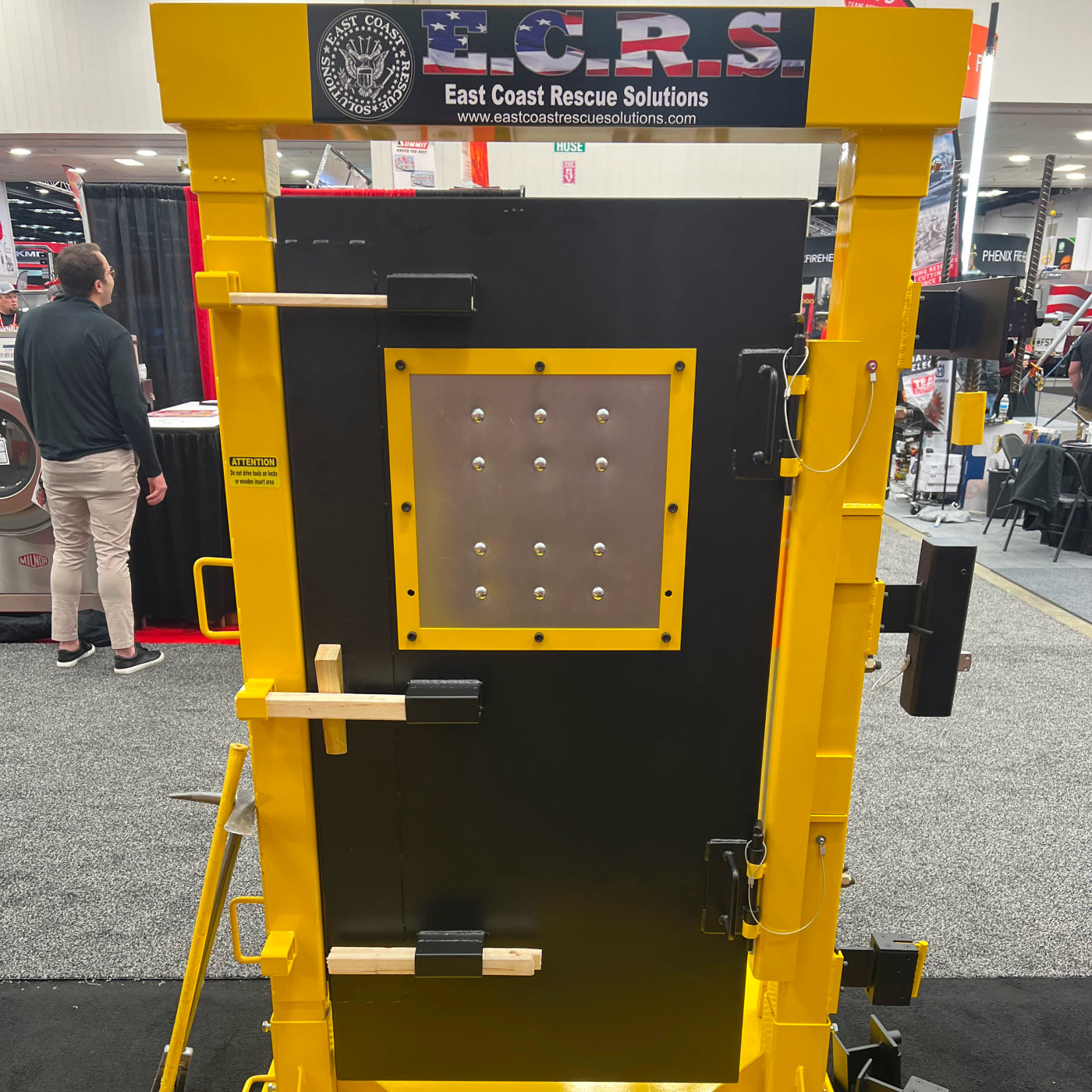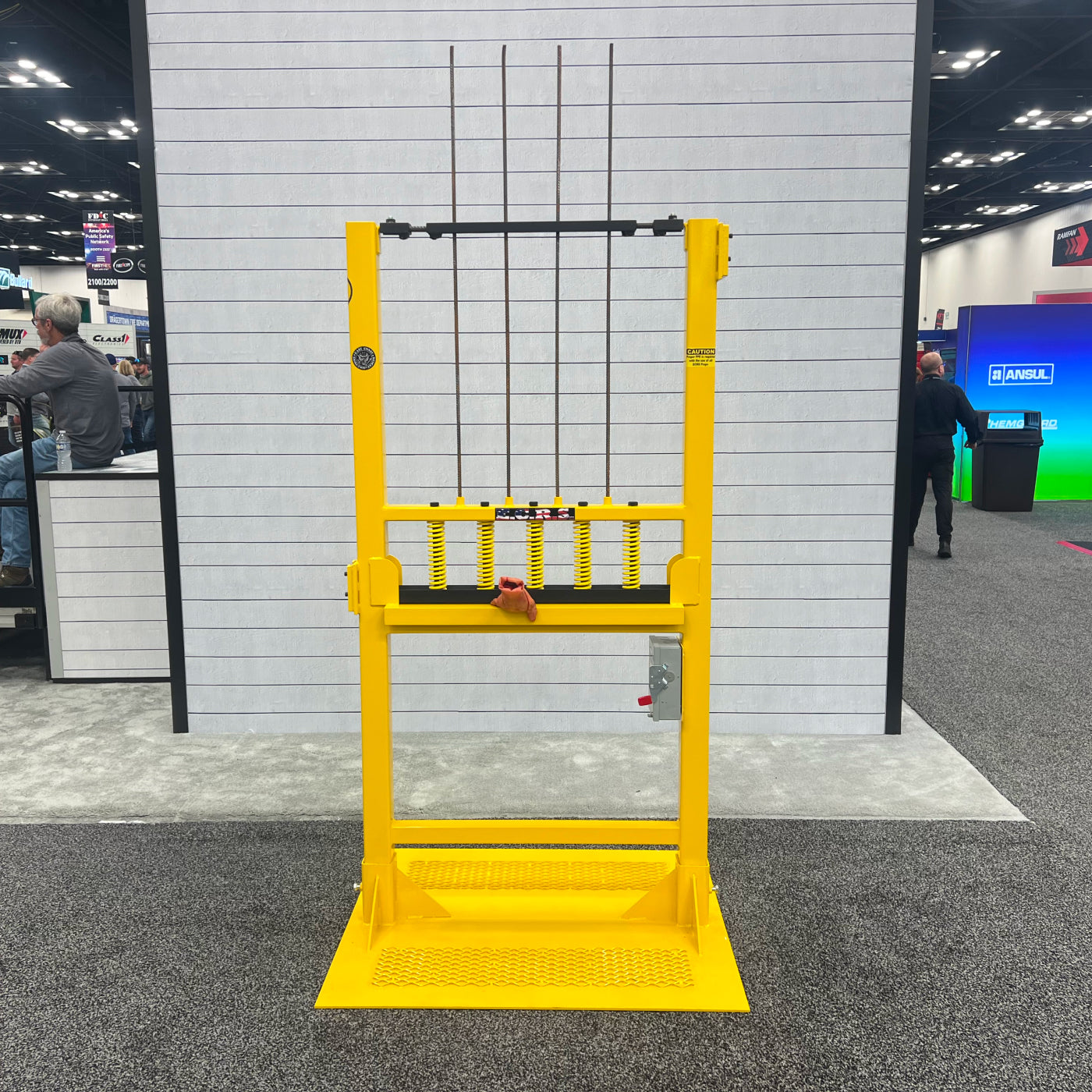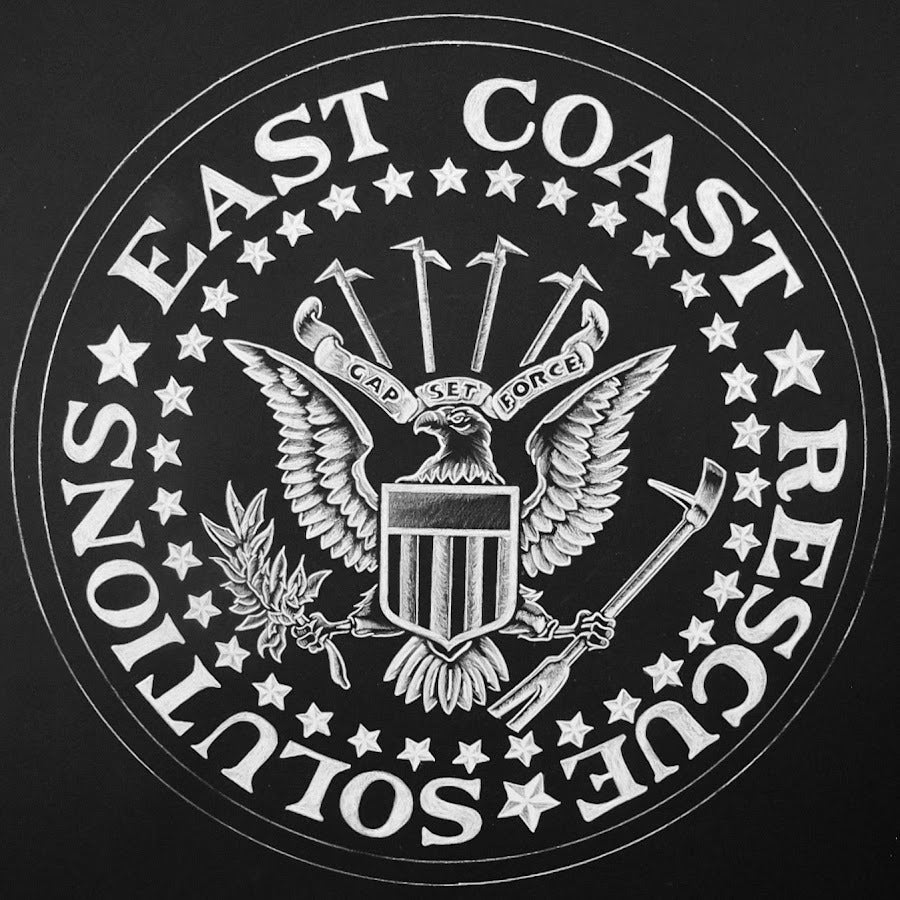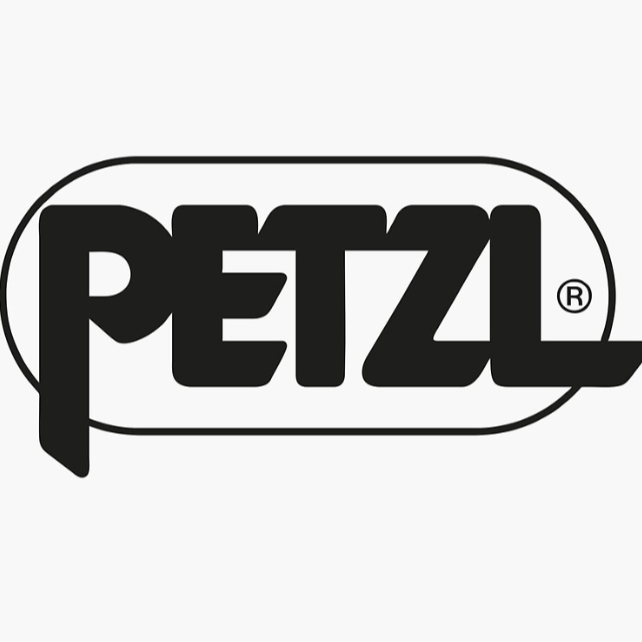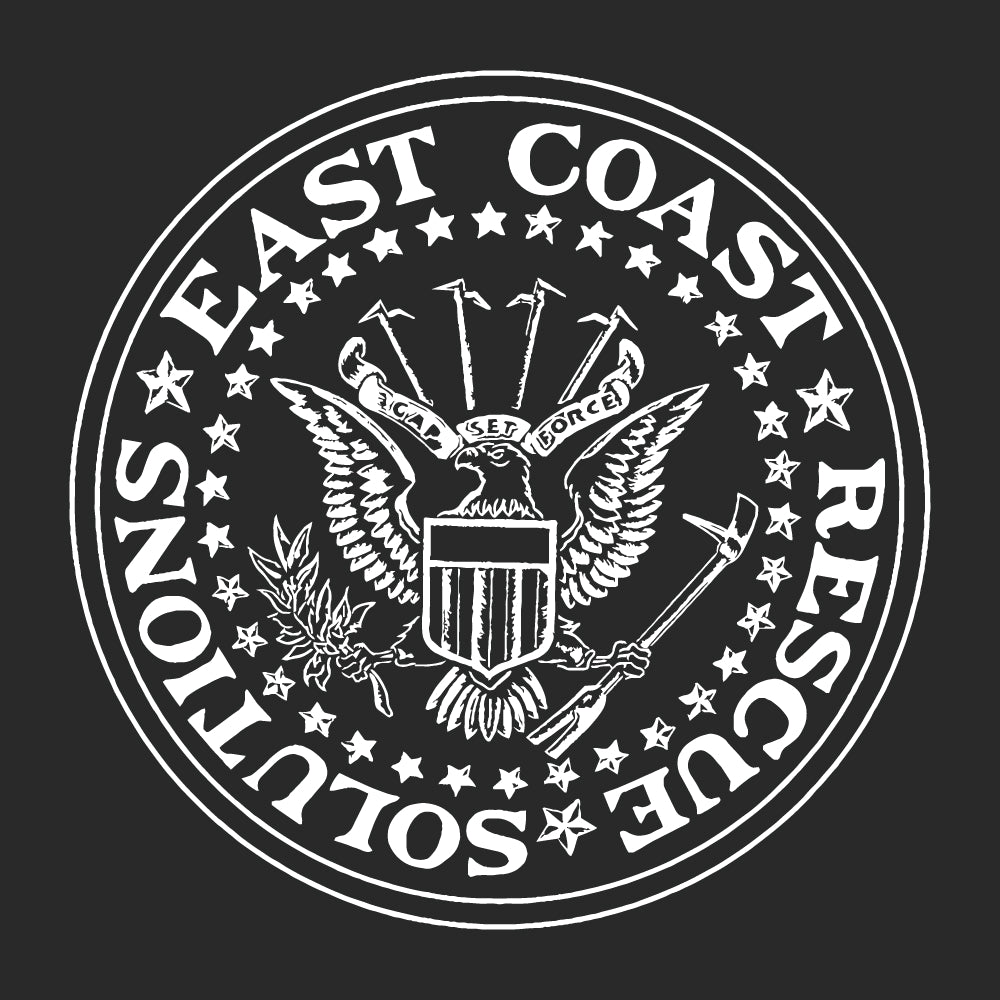Facial hair in the fire service isn’t just a matter of personal style—it’s a critical safety concern. Firefighters must adhere to specific grooming guidelines to ensure their safety while using breathing apparatus. In this guide, we’ll break down NFPA guidelines, OSHA requirements, and department-specific policies regarding facial hair for firefighters.
Why Facial Hair Regulations Matter
Facial hair can interfere with the seal of Self-Contained Breathing Apparatus (SCBA) masks, compromising respiratory protection. A proper seal ensures that no toxic gases, smoke, or chemicals can penetrate the mask, safeguarding firefighters in hazardous environments.
NFPA Guidelines on Facial Hair
The National Fire Protection Association (NFPA) sets safety standards for the fire service, including guidelines on facial hair:
-
NFPA 1500: Requires that any facial hair must not interfere with the SCBA mask seal.
-
Focus on Safety: Mustaches are typically allowed, provided they do not extend below the corners of the mouth.
-
Enforcement: Departments are expected to conduct regular fit tests to verify mask seal integrity.
Pro Tip: If you’re considering growing facial hair, ask for a fit test to confirm that your mask still seals properly.
OSHA Requirements for Respiratory Protection
OSHA also addresses facial hair regulations under its Respiratory Protection Standard (29 CFR 1910.134):
-
Clean-Shaven Requirement: Any facial hair that comes between the skin and the sealing surface of the respirator is prohibited.
-
Mustaches Only: Mustaches that do not extend to the seal area are typically acceptable.
-
Fit Testing: Employers must conduct annual fit tests to ensure mask seals remain intact.
Pro Tip: Before a major event or inspection, double-check your department’s grooming policy to avoid last-minute surprises.
Department-Specific Policies
Individual fire departments may enforce stricter facial hair guidelines based on specific safety protocols:
-
Los Angeles Fire Department (LAFD): Mustaches allowed but must be neatly trimmed and not extend below the upper lip.
-
New York City Fire Department (FDNY): Requires a completely clean-shaven face except for a short mustache.
-
Houston Fire Department (HFD): Allows goatees as long as they do not interfere with the mask seal.
Pro Tip: Policies can change frequently, so it’s wise to check with your department regularly to stay compliant.
Cultural and Religious Accommodations
For some firefighters, facial hair is more than just a style choice – it’s part of their cultural or religious identity. Under Title VII of the Civil Rights Act:
-
Religious Exemptions: Firefighters may request exceptions for religious beards, such as those worn by Sikh or Muslim personnel.
-
Specialized Equipment: Some departments may offer specialized SCBA masks that can accommodate certain beard styles while maintaining a proper seal.
-
Documentation: Firefighters seeking accommodations should provide supporting documentation and work with their department to identify a safe solution.
Pro Tip: If you require a religious exemption, be proactive in communicating with your department to find a workable solution that maintains safety.
The Bottom Line
Facial hair regulations for firefighters are primarily driven by safety concerns. Both NFPA and OSHA guidelines stress that facial hair must not interfere with SCBA mask seals, ensuring that breathing protection remains effective. While some departments may allow limited facial hair, most enforce a clean-shaven policy to prioritize safety. Always check with your department for specific guidelines and consider a fit test to verify mask seal integrity.
